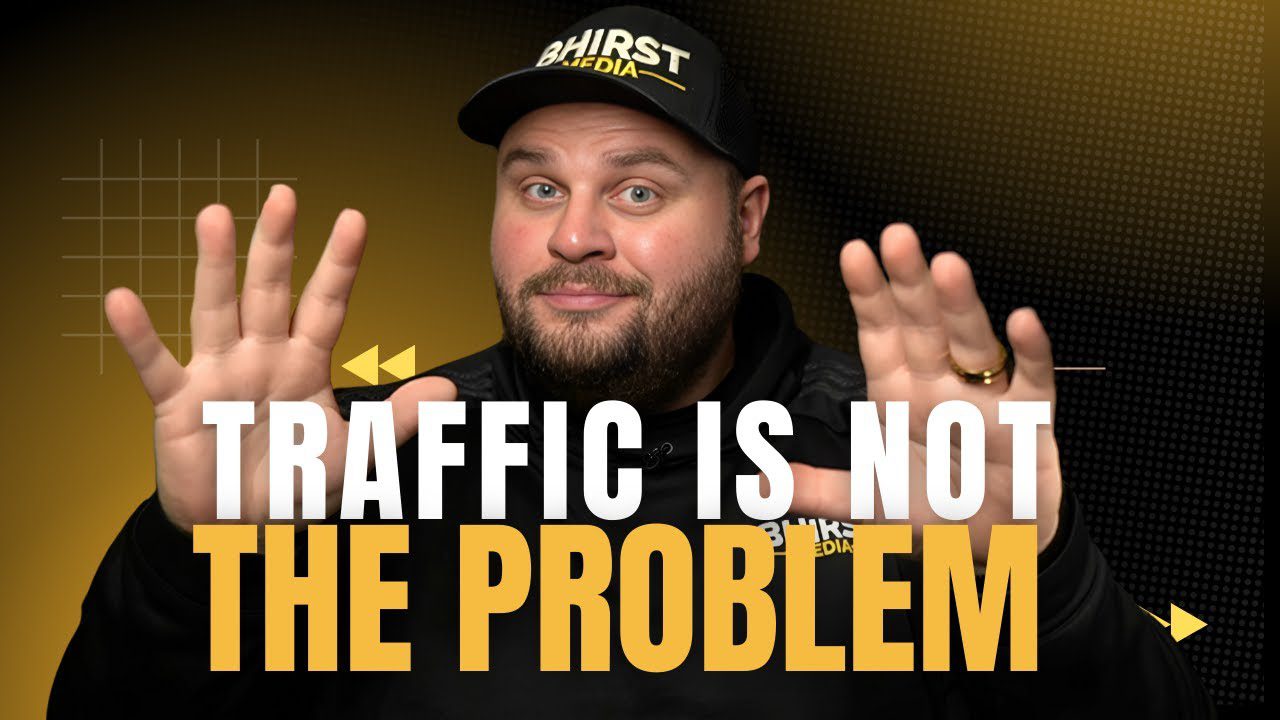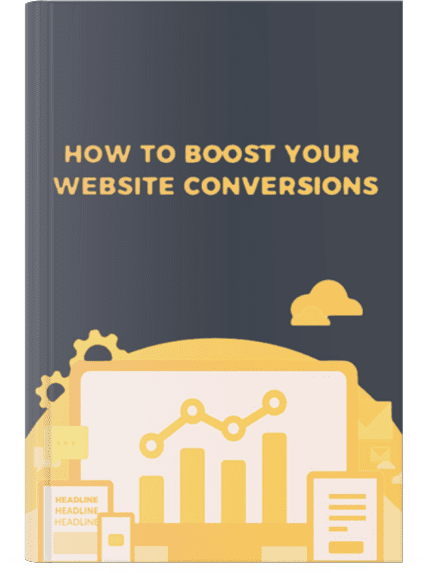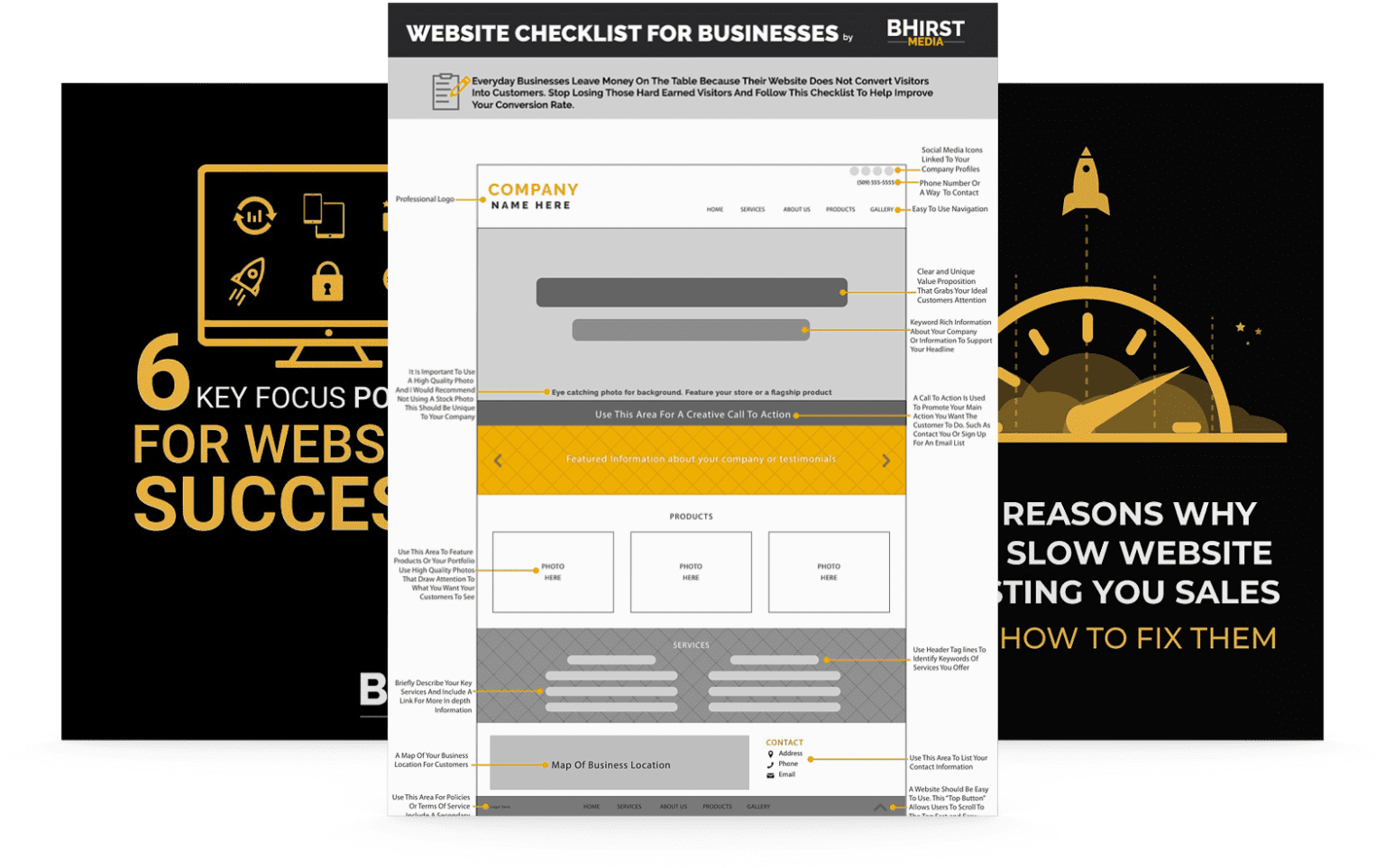
Creating an offer that converts is a mix of art and science. While design and presentation play roles, understanding the psychological factors behind customer decisions is key. Below are actionable insights to help refine your approach and optimize your conversion rates.
Crafting a high-converting offer requires blending data-driven insights with psychological understanding, ensuring that every aspect resonates with your audience. In the upcoming sections, we’ll dive deeper into specific tactics, pitfalls to avoid, and actionable frameworks to refine your offers.
Does your offer convert? You might think your product or service speaks for itself, but even the best offers can fall flat without the right presentation.
Crafting a converting offer isn’t just about having a great product; it’s about understanding the psychology behind customer decisions and designing your offer to resonate on every level. From addressing specific pain points to leveraging psychological triggers like urgency and social proof, offer conversion strategies can dramatically enhance your marketing efforts.
Let’s dive into the art and science of creating offers that not only attract but also compel customers to take action, optimizing your how to create converting offers techniques.
Behind every successful business offer are key principles that make them compelling to consumers. To understand why offers might struggle with does your offer convert issues, one must first grasp the essentials of what impacts conversion rates.
Conversion rates aren’t just random metrics; they reflect how effectively your offer resonates with the intended audience. Core elements include the recognition of customer needs, the clarity of the value proposition, and the ease of the conversion process.
But why do some offers convert while others fall flat? The answer lies in both the inherent offer design and the psychological reactions of the audience. For example, an offer might be aimed at pain points but misses on the tangibility of the benefits. A well-targeted offer that addresses real problems or desires in a tangible, immediate way tends to convert better, as it aligns closely with potential buyers’ expectations and needs.

Understanding the fundamentals of conversion rates sets the stage for diving into the psychological factors that truly drive customer behavior. Let’s explore the mental triggers that can significantly impact your offer’s success.
A key psychological trigger in offer conversion is the perception of scarcity and the resulting urgency to act. When a product or service seems limited or available for a short time, it naturally increases its perceived value. This psychological tactic leverages our natural aversion to missing out.
For example, Black Friday sales are classic examples where high convert rates are achieved by implementing this strategy:
These mechanics influence the consumer’s perception of value and effectively move them closer to the point of purchase. Beyond e-commerce, this can be applied across various sectors: in healthcare, limited slots for a specialized treatment can drive quicker sign-ups; in education, early bird discounts for a course ending soon can boost enrollment.
Another powerful psychological tool in boosting offer conversion strategies is social proof and trust-building mechanisms. Customers are more likely to convert if they believe others trust and endorse the offer.
Here’s how businesses leverage this:
Case in point, a SaaS company might highlight that 10,000 businesses have implemented their platform, leading to an industry benchmark increase in conversion rates. Similarly, a financial services firm might showcase client success stories to build credibility, while a healthcare provider could feature patient testimonials to instill trust.
Now that we’ve explored the psychological underpinnings of conversion, let’s focus on the practical aspects of crafting truly compelling offers.
Crafting an offer that converts isn’t just an art; it’s a science grounded in psychology and marketing principles. Here are the foundational elements:
To illustrate this, consider a fitness program that promises a 30-day full-body transformation. They gain traction because the terms are clear, the beauty of “before and after” results speaks to the customer’s desire for rapid change, and VIP enrollment creates urgency. Across sectors, these principles hold true: a legal firm might offer a free initial consultation to clearly showcase their expertise, while an e-commerce store might use limited-time promotions to create urgency.
To complement clarity via testing, consider how Moz, an SEO software company, uses A/B testing to refine its free trial offers, ensuring tweaks can lead to a measurable increase in sign-ups. Similarly, a consumer goods company may test different packaging designs to see which attracts more attention, while a healthcare provider might experiment with different messaging to encourage more people to schedule check-ups.

Building on the principles of effective offers, personalization takes center stage in driving conversion rates by making each customer interaction uniquely relevant.
Personalization isn’t just a buzzword; it’s a critical part of “how to create converting offers”. Knowing your audience intimately:
By analyzing customer behavior and customizing offers, businesses can achieve higher conversion rates. For instance, a financial institution might offer different credit card options based on a customer’s spending habits, while an educational platform could recommend courses based on a user’s learning history.
There’s no one-size-fits-all strategy in personalization, but here are proven tactics:
These tactics can be applied broadly. In healthcare, personalized reminders for annual check-ups can improve patient engagement. In retail, customized product recommendations based on past purchases can drive repeat sales. In environmental science, tailored tips on reducing carbon footprint based on location and lifestyle can boost participation in sustainability programs.
Effective personalization sets the stage for continuous improvement, as the nuances of customer behavior and market dynamics require constant adaptation and refinement.
The digital landscape and consumer behaviors are in constant flux, which means that even the best converting offers need ongoing refinement. Here’s why:
Here’s how to approach continuous offer refinement:
Remember, optimizing offers isn’t just about tweaking; it’s about adapting to real-time customer feedback and market dynamics. Tailor your offer, refine your approach, and keep the transition smooth. This applies universally: a legal firm might refine its service packages based on client feedback, while a marketing agency could adjust its campaign strategies in response to real-time analytics.
Creating high-converting offers is both an art and a science. By understanding customer psychology, leveraging urgency and social proof, personalizing your messaging, and consistently optimizing your strategies, you can craft offers that resonate deeply with your audience. Looking ahead, businesses that embrace adaptable strategies and data-driven decision-making will lead in an increasingly competitive landscape. Whether through emerging technologies, customer-first innovation, or operational agility, the next era of success will belong to those who can not just adapt—but anticipate change. The real question isn’t if you’ll adopt these advancements—but how effectively you’ll use them to gain a competitive edge.
